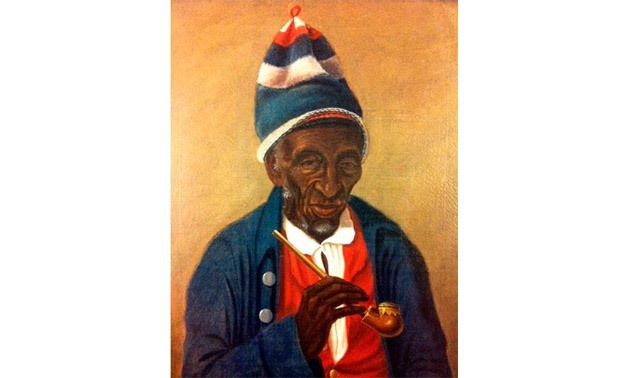
Portrait of Yarrow Mamout by James Alexander Simpson via Wikimedia
CAIRO – 31 July 2017: A portrait painted in the 18th century of an African-American Muslim man named Yarrow Mamout helped shatter misconceptions regarding American history, and reminded the world of America's diverse roots, through race and faith.
The Smithsonian National Portrait Gallery will be putting Mamout's portrait on display, which was painted by artist James Alexander Simpson in the year 1822.
Born in 1736, Mamout was ripped from educated family in West Africa at 16 and forced into a life of slavery. He was owned by the Beall family for 44 years until 1797, where he was set free and allowed to live for himself. He would gain notoriety in 1816 after being featured in Irish-American Diplomat David Warden’s book ‘A Chronological and Statistical Description of the District of Columbia.’
Mamout would work as hard as he could to save money, and his labor would finally pay off his bank investments would allow him to save over $200, which he used to build a log house with a garden, where he would pray to Mecca.
Although Mamout's English skills were poor, he was fluent in reading and writing Arabic, a devout Muslim his entire life. Mamout's tale reminds us that it is not a single religion that defines America, but rather the many faiths its diversity people share under one flag.
Comments
Leave a Comment